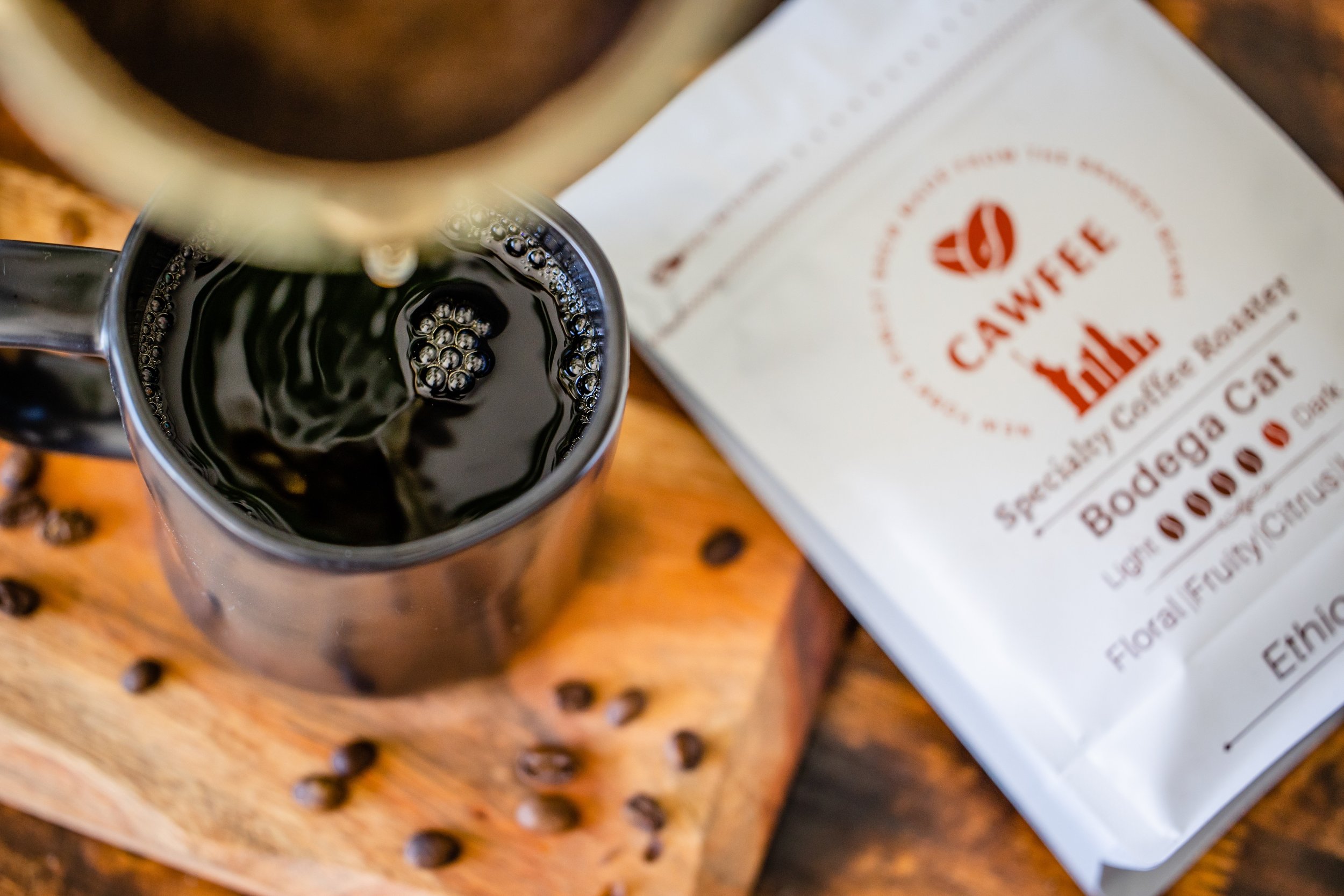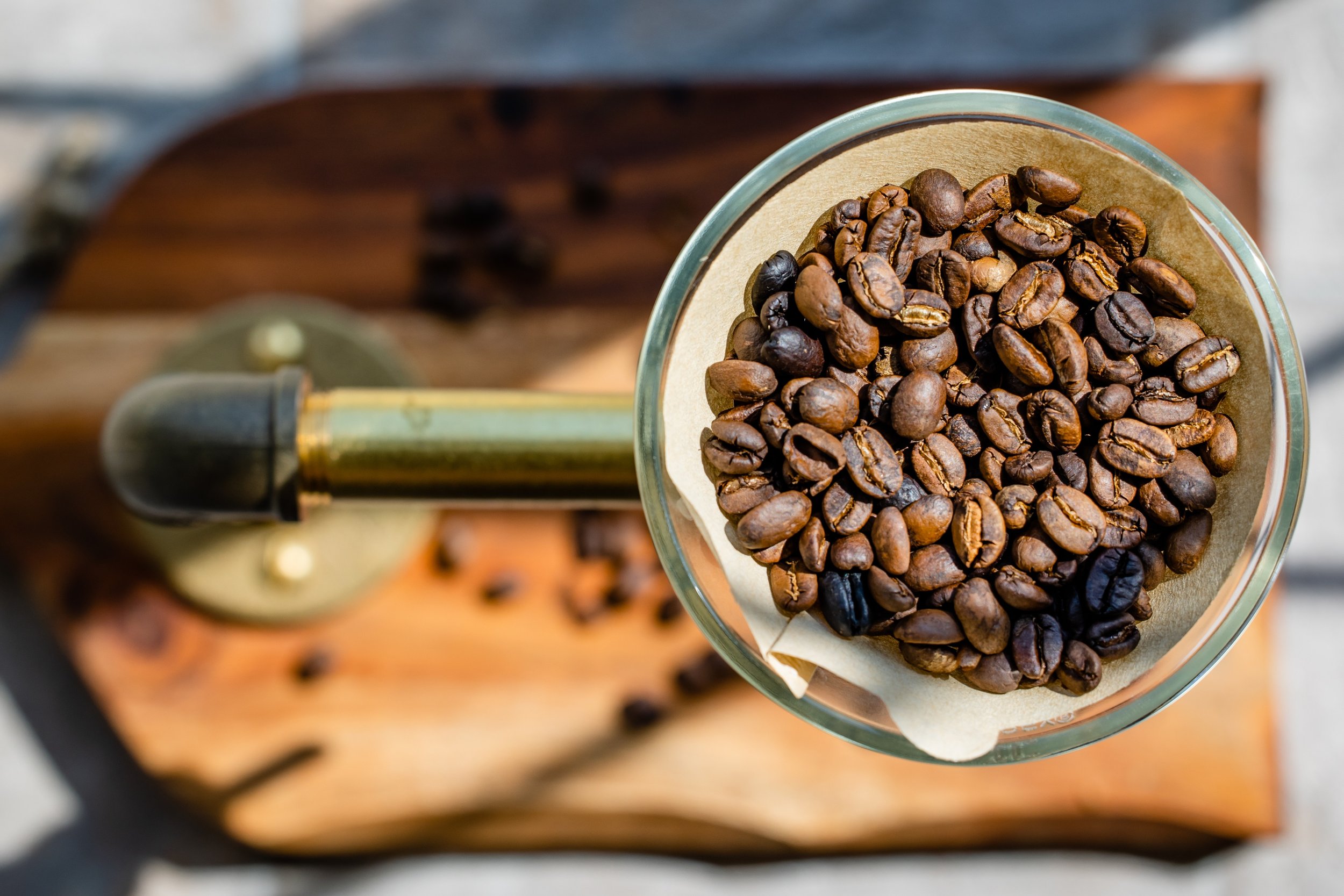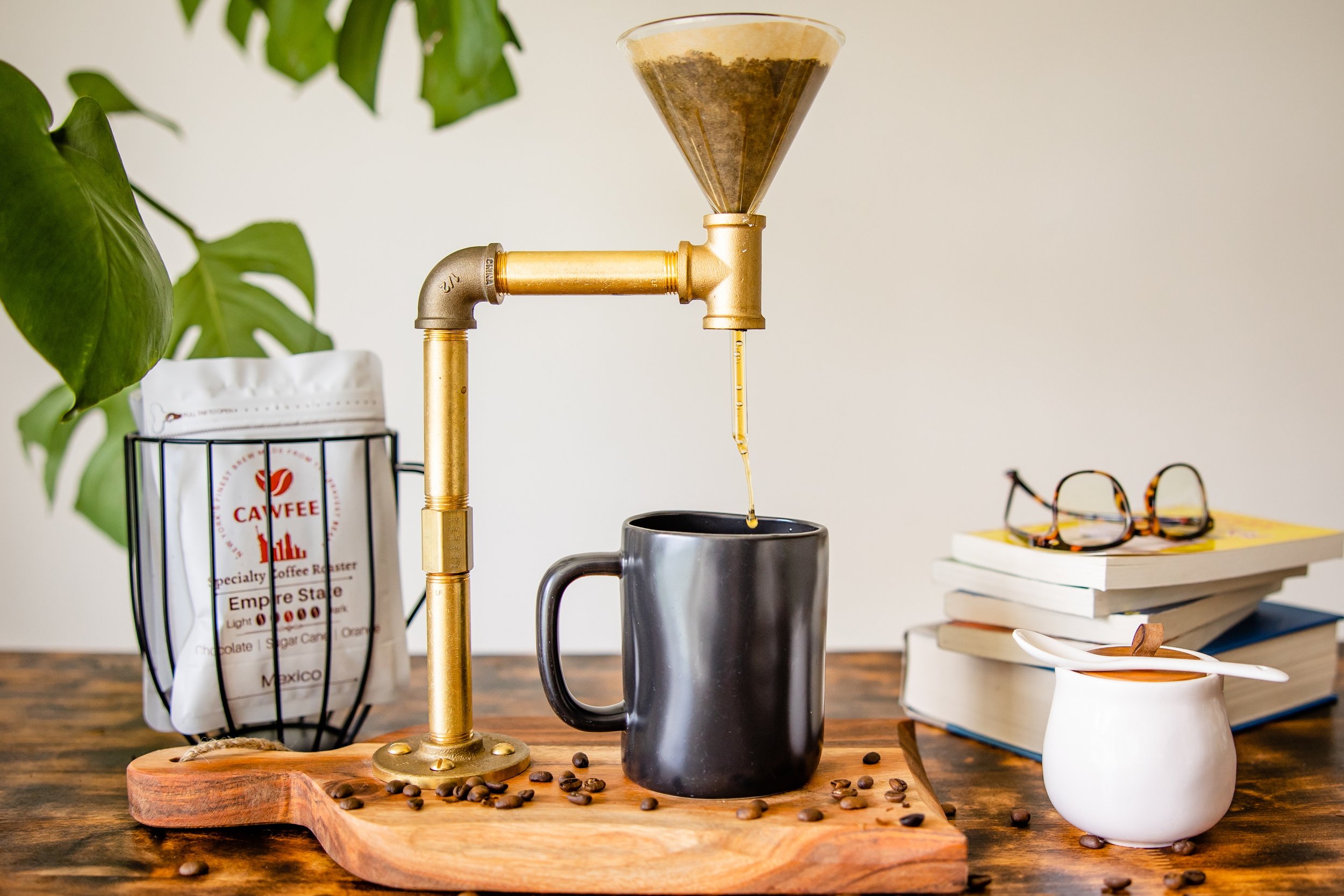
The Art of Coffee Making

From Seed to Cup: Understanding Your Brew
What Are Coffee Beans?
Coffee beans are actually the seeds of the coffee cherry. Once the fruit is harvested, the seeds are processed and dried into what we know as green coffee beans. At this stage, they’re green in color with a beany, grassy aroma, and they don’t smell or taste anything like the coffee we love.
The magic happens during roasting, when 800 to 1,000 different aroma compounds are developed. These compounds are what give coffee its rich flavor, aroma, and character. Through a process called roast profiling, we control how these compounds evolve, shaping the final taste in every cup.
The Coffee Roasting Process
Roasting transforms green coffee beans into the brown, aromatic beans we brew. Without this step, coffee would be bitter, acidic, and undrinkable.
Roasting Stages:
1. Drying Stage
Green beans contain 8–12% moisture. This stage typically lasts 4–8 minutes in a traditional drum roaster and ends at about 160°C. It's crucial for building up the energy needed for later stages—too much heat early on can burn the beans.
2. Browning Stage
At 160°C, the beans start to smell like toast and hay. The Maillard reaction begins, where sugars and amino acids react to form the aroma and color compounds (melanoids) we associate with roasted coffee. Toward the end of this stage, the beans begin to pop, called the first crack.
3. Development Stage
This is where flavor really comes to life. The beans release stored energy in an exothermic reaction, and proper control here ensures balanced, complex flavors. If rushed, it can result in smoky or overly sharp-tasting coffee.
4. Cooling & Chaff Removal
Once roasting is complete, beans are cooled quickly to stop the roast. They also shed their outer layer, or chaff, which is removed by tossing them between colanders. A little leftover chaff won’t affect flavor, but we aim to remove as much as possible.
Brewing Basics: It's All About Balance
Adding more beans doesn’t always mean more flavor or caffeine. Brewing coffee is all about balance and extraction.
Hot water extracts soluble compounds from coffee grounds. Extract too little, and your coffee will taste sour and salty (under-extracted). Extract too much, and it becomes bitter and dull (over-extracted).
Our Ideal Ratio:
We recommend a coffee-to-water ratio of 1:16 for optimal flavor measured by weight (e.g., 22g coffee to 352g water). This helps you hit the sweet spot of extraction, every time.
Factors like grind size, brew time, and water temperature matter too—but the biggest game-changer is how much coffee you use compared to water.
The Final Cup
From the green bean to the final pour, every step affects your coffee's taste. Whether we’re roasting or brewing, we treat each step with care so that you get the bold, smooth, and flavorful cup you deserve.
Want to learn more about our process or try it yourself?
Visit our shop or book the Cawfee Truck for your event today!
Know Your Roast: A Guide to Flavor & Strength
Coffee roasting is both a science and an art. The degree of roast directly affects the flavor, aroma, caffeine content, and body of your brew. Here’s a breakdown of what makes each roast unique:
Dark Roast: Bold & Intense
Dark roast beans are known for their deep chocolate color and oily surface. These beans are roasted at high temperatures (430–450°F), continuing through the second crack of the bean.
As a result of the extended roast time:
Moisture and density decrease
Acidity is reduced
A bold, smoky, bitter flavor develops
Despite the intense flavor, dark roasts contain less caffeine than lighter roasts. They’re all about boldness, not buzz—perfect for those who love a strong, no-nonsense cup.
Medium Roast: Smooth & Balanced
Medium roast is the Goldilocks of coffee—not too strong, not too light, but just right.
Roasted between 400–430°F and stopped around the first crack, medium roasts offer:
A balanced flavor profile with subtle sweetness
Moderate acidity and caffeine content
A smooth body with hints of nuttiness or chocolate, depending on the bean
With no oils on the surface and a semi-dark hue, medium roasts are ideal for everyday drinkers who appreciate a steady mix of flavor, aroma, and smooth energy.
Light Roast: Bright & Complex
Light roasts are roasted at lower temperatures (380–400°F) and pulled just before the first crack. These beans have:
A light brown color and dry surface
Higher caffeine content compared to darker roasts
A gentler, more nuanced flavor that highlights the bean’s origin
Expect bright, fruity, or herbal notes and higher acidity, along with a more complex aroma profile. Light roasts are perfect for coffee lovers who want to taste the character of the bean itself.
Which Roast Is Right for You?
Whether you crave the rich boldness of a dark roast, the balanced body of a medium roast, or the bright clarity of a light roast — there’s a perfect cup waiting for you.
Explore our selections and discover your roast style today!


